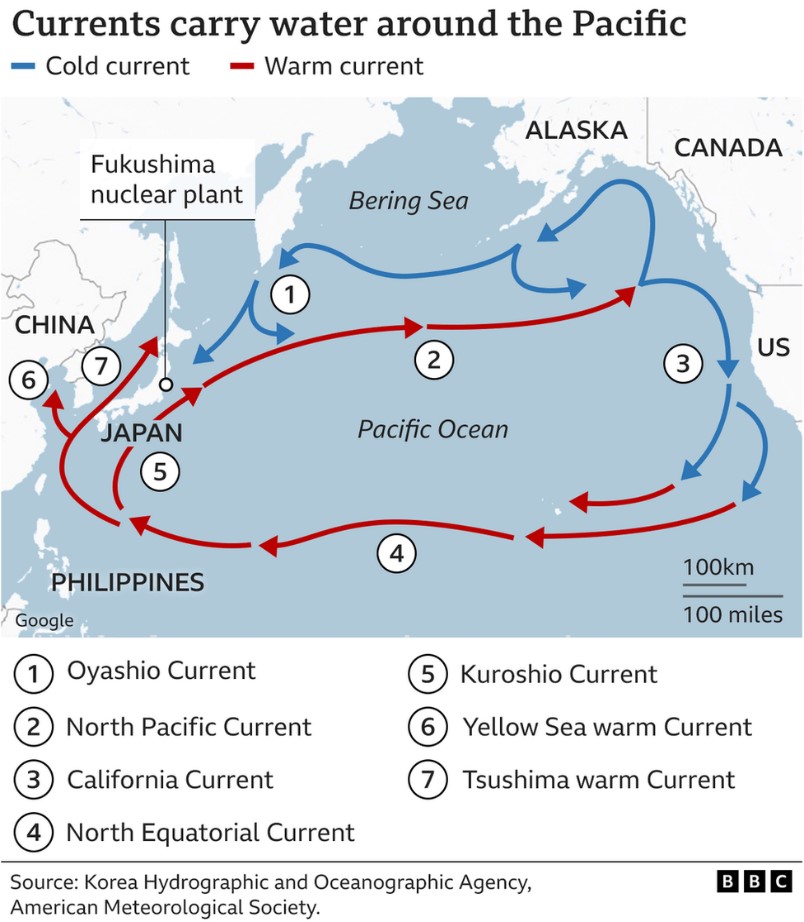7667766266
enquiry@shankarias.in
Prelims – Current events of national and international importance.
Recently, in Fukushima Daiichi Nuclear Power Plant researchers estimate the amount and timing of tritium release with an ocean circulation model, so far it is focused on local coastal waters.

The recent Ocean Model
Tritium represented by the symbol “T” or “³H,” is a radioactive isotope of hydrogen. It is the heaviest and rarest form of naturally occurring hydrogen. It has one proton and two neutrons.
Eddies are circular currents of water or air that form when a fluid's main flow is disrupted, causing swirling or rotating motion.
Reference